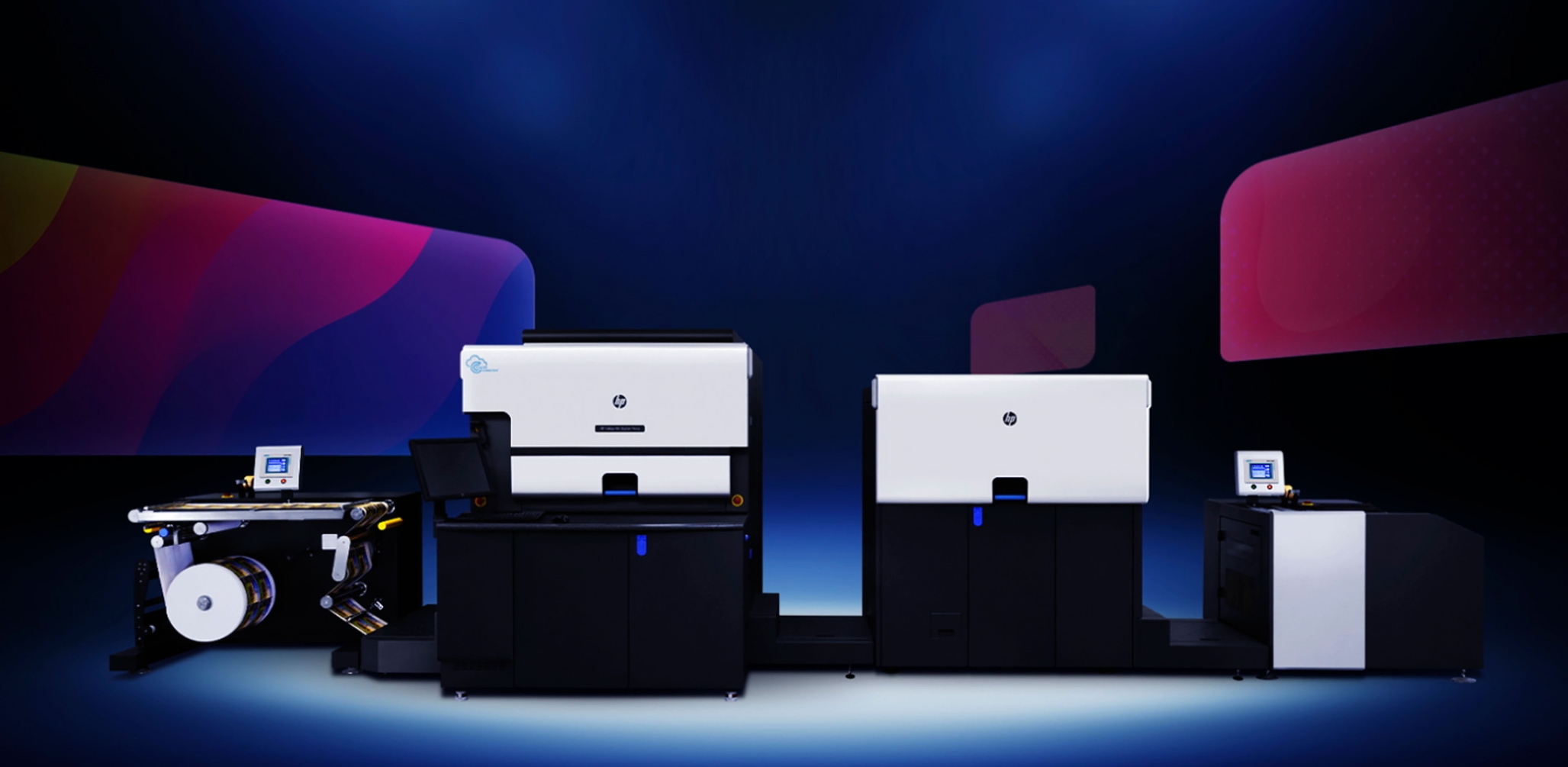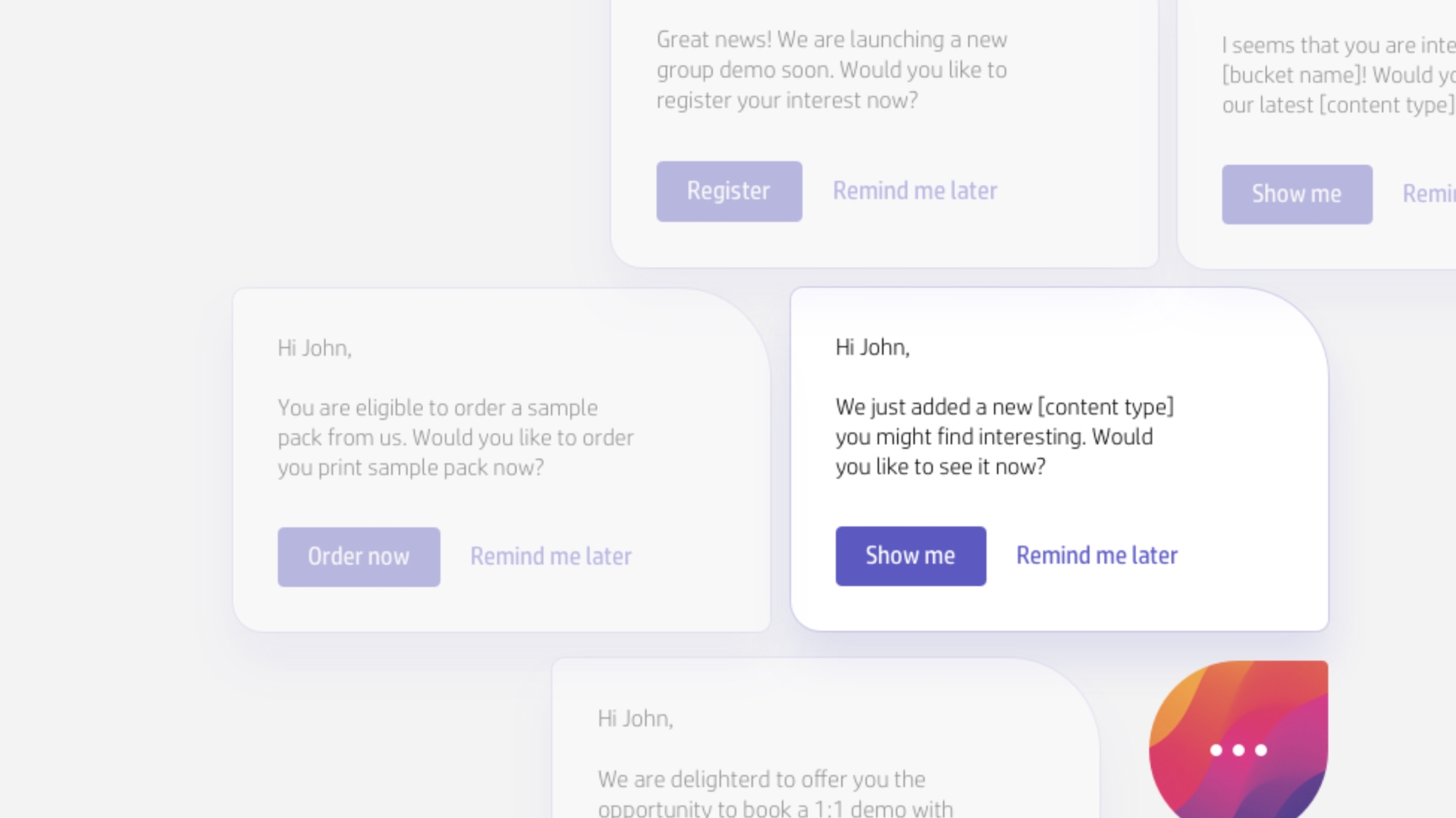How Digital Products Define Brand Identity

In the vast digital ecosystem, brands often have to play by the rules of third-party platforms. While social media is incredibly useful for business expansion, it comes with a set of general regulations, codes, and best practices. Similarly, large e-commerce sites offer few opportunities to stand out, with a few exceptions. But among these necessary platforms, a brand's own digital products stand out as flexible tools for transforming the brand experience.
The term "proprietary digital products" refers to any digital platform where the code is owned by the brand. The terms "platforms" and "digital products" are often used interchangeably, but while the former can be confused with external channels like TikTok or Instagram, the latter is, in my opinion, a better name for spaces that are uniquely a brand's own. Characterized by their flexibility and customization, these digital products range from websites to TV apps and can serve any purpose we deem necessary to achieve our goals and meet consumer desires.
Because there are no intermediaries, we can have full authority over the brand identity that our digital products project. And that is a great responsibility. The way the brand experience looks and feels on these platforms will shape how the audience perceives the brand, so what should we prioritize when creating our own digital products?
Functionality, Efficiency, and Innovation.
In the past, websites were one-way streets, serving primarily as a source of information. Today, the standards are much higher. Whether it's a content hub or a smartwatch app, successful digital products are those that strike a perfect balance between functionality, efficiency, and innovation. The audience won't stick around on websites that make it difficult to find what they're looking for, or, even worse, don't function well. But they will be loyal to those that provide a seamless user experience.
Within the entire brand ecosystem, proprietary digital products should be the most convenient channels.

That said, creating functional websites from scratch is anything but easy. For this reason, many brands turn to auto-site builders, or automatic site creation tools, especially when integrating e-commerce features. This can solve the problem temporarily, but as a permanent alternative, it raises the question of whether consumers will be able to remember these standardized sites. If they open multiple tabs in search of a product, will ours stand out from the rest?
Innovation is about creating those “wow moments” that will be etched in people's minds, and adding the interesting features that make a platform very different from its competitors, even if the offering is similar. Possibility City from HP, for example, is not just another e-commerce platform. It's a showcase of HP's digital printing presses that also hosts multiple events, from product presentations and webinars to one-on-one demonstrations. And while visitors explore the product line, the platform learns from their interests to provide personalized recommendations.

Data and Personalization: The last frontier of loyalty.
If our platform is intuitive to use and pleasant in its appearance, the next step is to offer personalized features that transform the experience into something truly unique. To do that, we need a data analysis infrastructure that provides valuable information about our consumers, and a team that can turn those insights into action.
I always work closely with the data team both within the company and on the client side to improve our understanding of consumers. On one hand, a solid first-party data framework can help us identify how consumers move through the ecosystem: where they click, how they behave, and where they encounter friction points. By designing around these general trends, we can offer a smoother experience for everyone.
On the other hand, individual data opens up a new world of possibilities in terms of personalization. With Possibility City, for example, we included a virtual assistant that learns from visitors' preferences and guides them through the brand's offerings, whether they are looking for efficiency, sustainability, or security. We also linked the platform to a CRM funnel that helps automate sales closing, keeping us informed about customer needs and how to be more efficient.
Designing around the business priority.
In addition to collaborating with the data team, my colleagues and I often work with the business consulting unit, as they have valuable information about brands' digital roadmaps and their long-term business goals. Digital products must be built around this vision. Not only to help brands achieve their goals more quickly but also to ensure that their platforms are unique.
When working with multiple airlines throughout my career, for example, I discovered that some needs are universal, but no two business models are identical. Options like "search flights," "check-in," or "view my reservation" are commonplace, but while some brands simply wanted a functional app to help travelers organize their trips, others sought to increase the average ticket value, encouraging consumers to opt for upgrades, additional luggage, and other add-ons. The mere act of designing around these priorities makes each platform very different from the other.
In conclusion, digital products are both the translation of our business and the embodiment of the brand identity. To get the most out of them, we need to understand our consumers and, above all, the brand itself. When working with clients, my goal is to help them create differentiated products that drive the business, and it is the brand values that ultimately have a decisive importance. By taking identifiable brand elements and combining them with functional, innovative, and personalized digital products, we can create a truly memorable brand experience that forges deeper connections with the audience.
Related
Thinking
Sharpen your edge in a world that won't wait
Sign up to get email updates with actionable insights, cutting-edge research and proven strategies.
Monks needs the contact information you provide to us to contact you about our products and services. You may unsubscribe from these communications at any time. For information on how to unsubscribe, as well as our privacy practices and commitment to protecting your privacy, please review our Privacy Policy.


